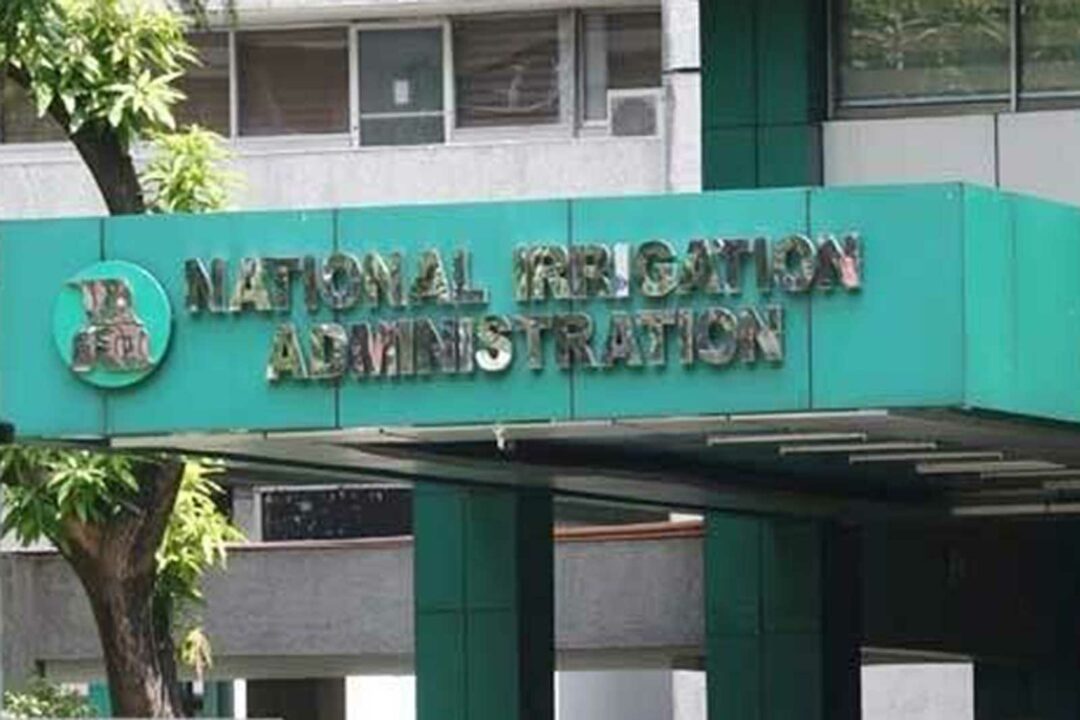NIA sees higher yields with switch to new crop calendar

By Adrian H. Halili, Reporter
THE NATIONAL Irrigation Administration (NIA) said rice production is expected to benefit from its proposed new dry season crop calendar.
“We have the funding for a small pilot project,” NIA Administrator Eduardo G. Guillen told BusinessWorld on the sidelines of a forum last week.
NIA has said that it is planning its irrigation programs around two dry-season crop periods — one from October to January and the other from February to May.
“We looked at the rainfall data and when the typhoons hit. What we wanted was to place the cropping period during the dry season where not a lot of typhoons should take place,” Mr. Guillen added.
“So by June or July, we should be done with both the cropping seasons,” he said.
NIA said the shift will minimize the impact of typhoons on standing crops during the wetter parts of the year.
“Our (main) target here is to increase rice yields… so it’s not all about the weather but also about the effort of government agencies to deliver farming inputs to producers on time,” he added.
The use of high-yielding hybrid seed could potentially increase yields in NIA-irrigated sites to 8 million metric tons (MT) of palay (unmilled rice), according to NIA.
Production is expected to hit 20 million MT of palay this year, according to the target set by the Department of Agriculture (DA).
Mr. Guillen noted that the prompt delivery of inputs to farmers will help keep NIA’s projections on track.
“Andaming pera na binibigay natin sa (Department of Agriculture) para sa kanilang farm inputs, hindi ba tayo na sasayangan na minsan dumarating ’yung inputs sa (farmers) kung kelan dina nila kailangan, (With all the funding available, it’s a waste not to deliver inputs to the farmers when they don’t need them,”) he added.
Mr. Guillen has said that NIA has accelerated the timetables for irrigation projects in the pipeline.
Up to P40 billion has been allocated for new irrigation projects, which could potentially irrigate 40 thousand hectares.
As of 2023, the NIA has completed 68% of its national irrigation development commitments, servicing an estimated 2.11 million hectares, with 1.1 million hectares still to be irrigated.
“NIA is at 60 years, and we have only irrigated (68%). We need better ways to fast track these projects,” he added.
NIA last year signed a memorandum of agreement with the Department of Environment and Natural Resources (DENR) to repurpose surplus irrigation water for power production, bulk water supply, aquaculture, recreation, and tourism.
The DENR offered the water rights of an initial 135 NIA sites for public-private partnerships. An additional 112 were added last week.
Environment Undersecretary Carlos Primo C. David has said that more than 60 private water firms have expressed interest in investing in the initial 135 sites.



